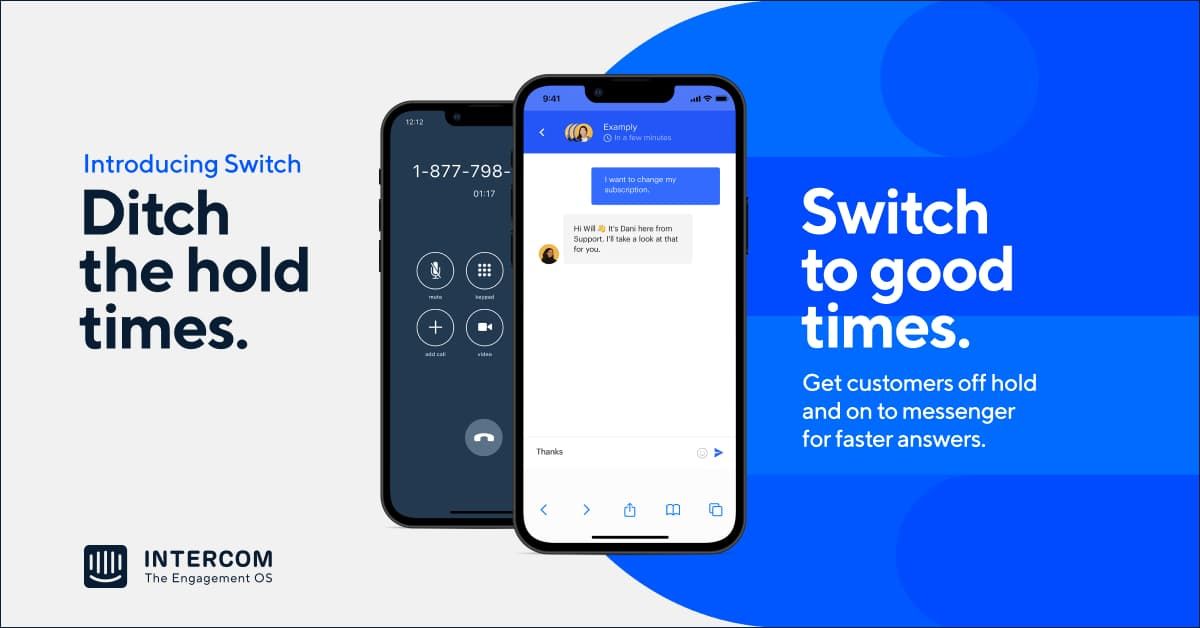What is average handle time?
Average handle time (AHT) is the average length of a customer service call.
This includes all the time spent between the customer initiating the call to the point they hang up, including hold time and transfer time.
AHT is a common key performance indicator (KPI) for call centers, as it can point to potential performance issues or successes in customer satisfaction, operational efficiency, and agent effectiveness.
What is the formula for calculating average handle time?
AHT for a specific period of time (e.g. a month or a week) is calculated by taking the total talk time plus the total hold and transfer time, and dividing that figure by the total number of calls made in that period. This can be calculated on an individual per agent basis, or for an entire team or department.
What is average handle time used for?
As a metric, AHT is used to get insight into a number of areas. For instance:
- Call center performance. Teams can use AHT as one of their key metrics and evaluate how they’re trending on a month-to-month or quarter-to-quarter basis.
- Comparative analyses. For businesses with omnichannel customer support offerings, AHT can be used to compare the efficiency of the call center for solving customer issues compared to other channels.
- Assessing the impact of changes. Reviewing AHT on a periodic basis can also show whether changes to team structure, technologies, or processes are having a positive impact on the call center’s performance.
What are the benefits of a low AHT time?
Overall, a low AHT should indicate that an agent or call center department is well equipped to handle customer queries efficiently. However, it’s important to note that having a low AHT doesn’t always mean a call center is high-performing, as it’s only one part of the story. Teams that are rushing customers off the phone without fully answering their queries could also have a low AHT – but would have dismal customer satisfaction scores. That’s why it’s worth looking at AHT in the context of other customer metrics.
But for teams that are performing well, a low AHT indicates that various elements in the call center experience are operating as they should. For instance, a low AHT could mean that the team has managed to:
- Minimize hold times, thus improving the customer experience.
- Optimize talk times by leveraging the omnichannel insights or existing resources.
- Increase the number of calls handled effectively (another key metric for call centers).
- Improve customer satisfaction throughout the customer journey.
As mentioned above, AHT is a metric that should be looked at in the context of other relevant KPIs. It contributes to providing a holistic view of how well a brand is engaging with its customers, and points to potential issues within a call center. Ultimately, it’s a tactical metric that supports strategic decision-making.








